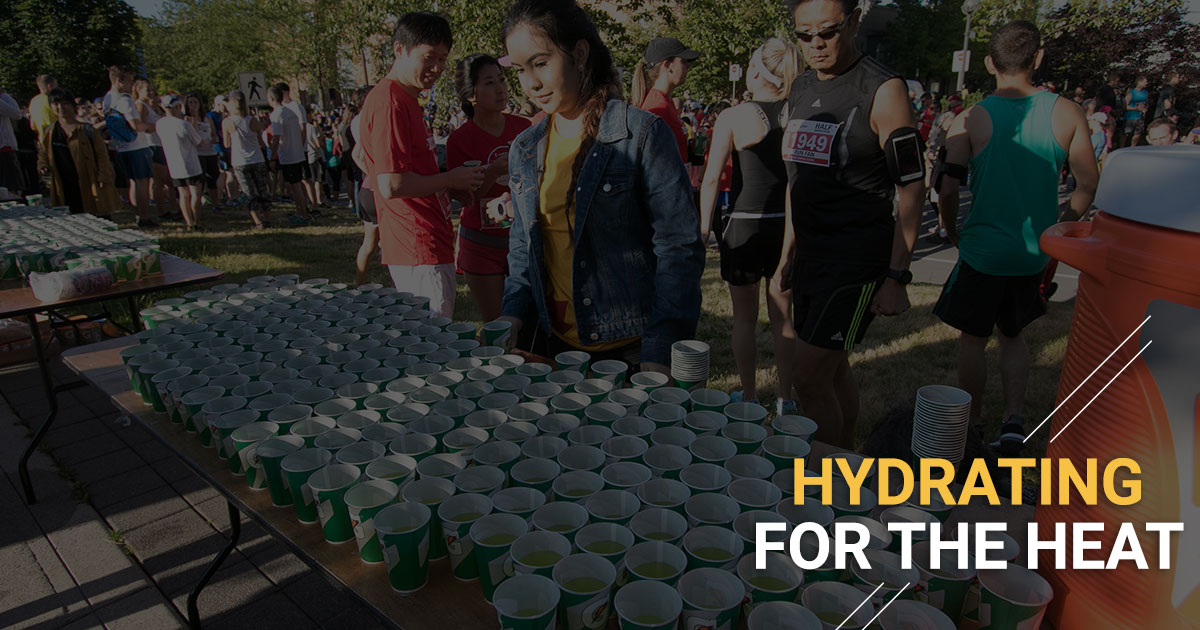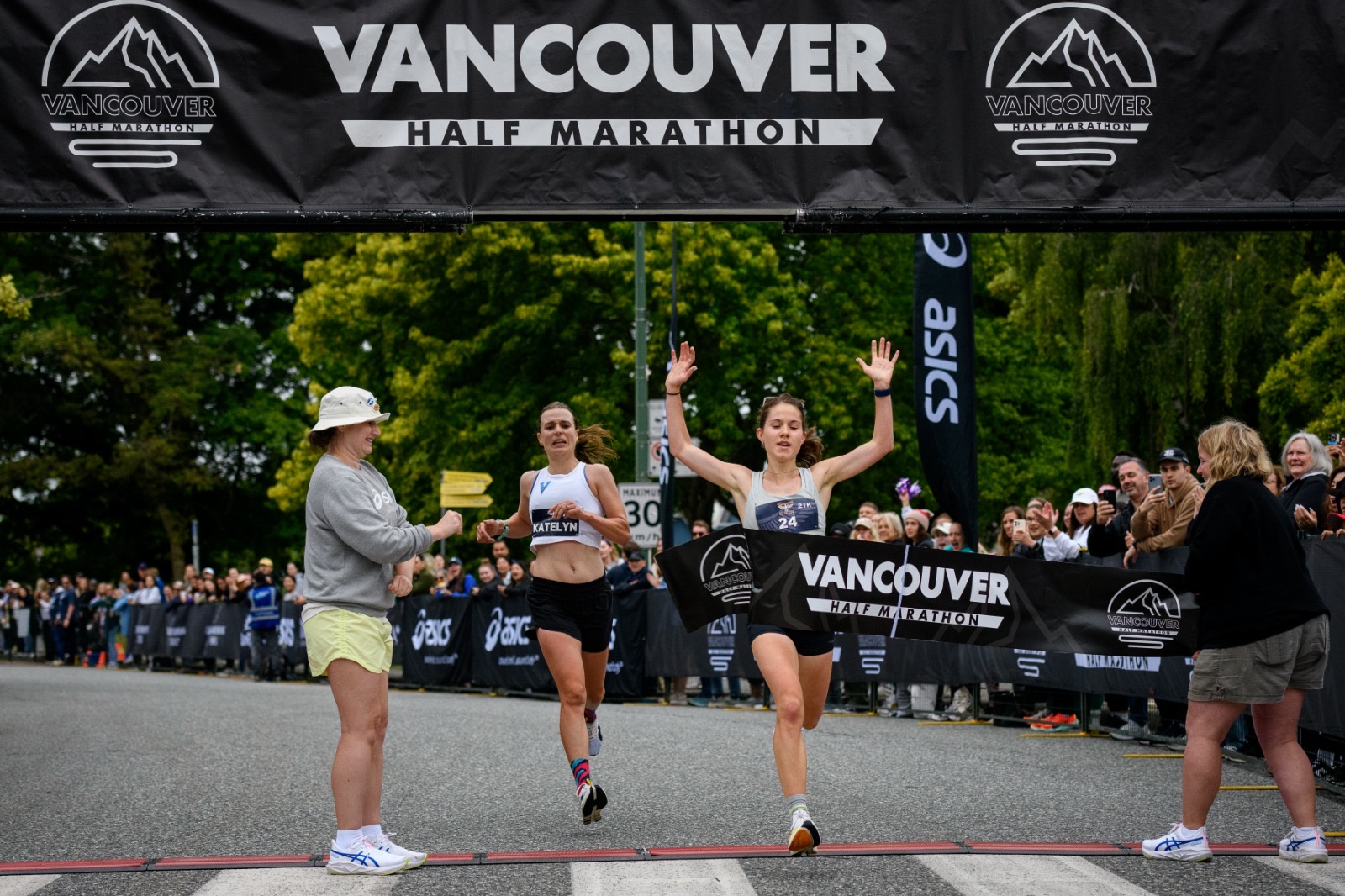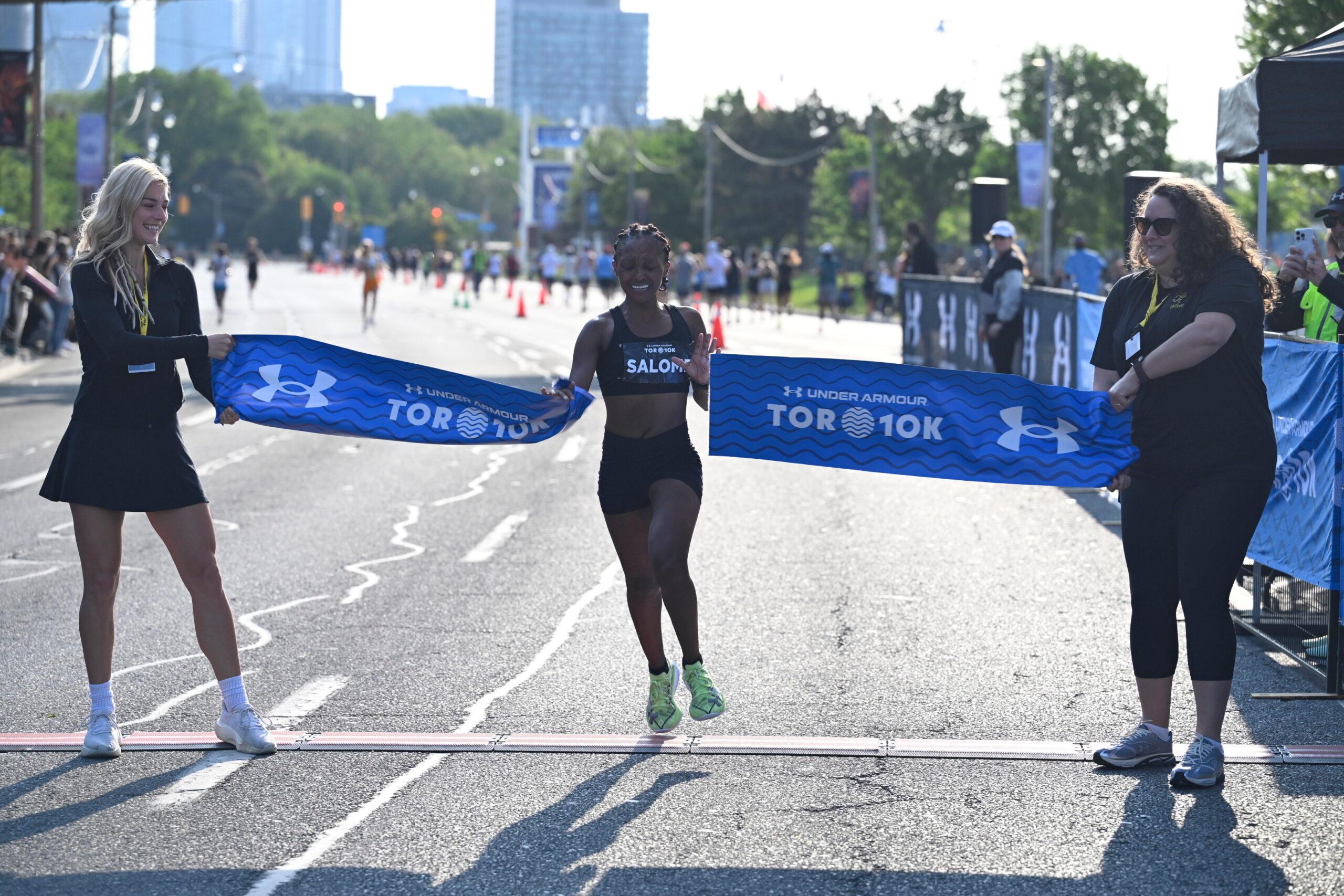We’re fortunately to have some great independent running retailers in town, so we’ve decided to get some tips from them. Covering everything from shoe fitting to what clothing to wear, check back as we add a new feature each week!

Article courtesy of The Right Shoe
Your Right Shoe
“Your Right Shoe” Whether you are a marathoner or beginner, it is essential as a runner to be in the proper footwear. Matching a shoe’s properties with your running style and personal biomechanics will increase comfort, running efficiency, and contribute to decreasing the risk of injury.
When you have a standard pronation pattern you can run in a wide variety of shoes, but specialized neutral running shoes that offer optimal cushioning and support are most suitable, whether you’re a beginner or regular-marathoner. A neutral cushioned shoe lacks any additional stability, which promotes the natural motion of your foot. If you are a under pronator, (supinator) you also require a neutral shoe as you need a lot of cushioning to avoid impact injuries.
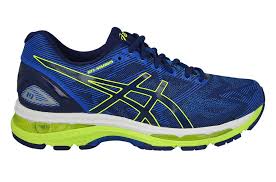 Both short and long distance runners would benefit from a more cushioned shoe. One of the more popular shoes in this category being the Asics GEL-Nimbus® 19, featuring the new FlyteFoam™ Technology, for optimal comfort and a responsive ride for the neutral runner, while a gradient jacquard-mesh upper is strategically tightened or loosened in zones to allow the foot’s natural motion. For the beginner, the extra cushioning will give optimal support as they build muscle strength. For the runner whose running in the upper end of 20 miles a week, a shoe with plenty of cushioning will act as a barrier between your body and the pavement, with more for your body to break down before it hits the road which gives your muscles a bit of a break.
Both short and long distance runners would benefit from a more cushioned shoe. One of the more popular shoes in this category being the Asics GEL-Nimbus® 19, featuring the new FlyteFoam™ Technology, for optimal comfort and a responsive ride for the neutral runner, while a gradient jacquard-mesh upper is strategically tightened or loosened in zones to allow the foot’s natural motion. For the beginner, the extra cushioning will give optimal support as they build muscle strength. For the runner whose running in the upper end of 20 miles a week, a shoe with plenty of cushioning will act as a barrier between your body and the pavement, with more for your body to break down before it hits the road which gives your muscles a bit of a break.
However, some runners may like natural running shoes that provide a responsive feeling of ground contact. The Asics GEL-Cumulus® 18 shoe features rearfoot and forefoot GEL® cushioning for strike-specific shock attenuation to create smoother transitions. This shoe, among others in its category, are still considered neutral, and meant for a runner with a standard pronation pattern, but are just on a different level of cushioning, offering slightly less than shoes like the GEL-Nimbus® 19.
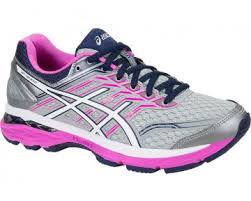 Now, what if you’re not a neutral runner or supinator? If your foot lands on the outside of the heel, and then rolls inward excessively, transferring weight to the inner edge instead of the ball of the foot, then you over pronate. If that is the case, the best shoe for you is one that offers more structure and support, referred to commonly as stability shoes. If you prefer a lightweight running shoe that provides a slightly more responsive sensation while running, try the Asics GT-2000™ 5, the shoe will offer optimal support without compromising any weight.
Now, what if you’re not a neutral runner or supinator? If your foot lands on the outside of the heel, and then rolls inward excessively, transferring weight to the inner edge instead of the ball of the foot, then you over pronate. If that is the case, the best shoe for you is one that offers more structure and support, referred to commonly as stability shoes. If you prefer a lightweight running shoe that provides a slightly more responsive sensation while running, try the Asics GT-2000™ 5, the shoe will offer optimal support without compromising any weight.
Or, for the higher mileage runner or someone in need of more cushioning can rack up the kilometers with the Asics GEL-Kayano® 23. Like others in this category, the shoe helps over pronators stay stable and comfortable over long distances with added cushioning technology, which helps the last mile be just as comfortable as the first.
The most important thing to remember when looking for running shoes, is what works for you. It is vital as a runner to have the proper footwear for your personal biomechanics and running style, as well as preference. Whether you are neutral, a supinator, an over pronator, someone who prefers less cushioning or more, the shoe needs to be right for you. How will you know the shoe is right for you? After you have visited your run specialist for their advice, do what a runner loves best—go for a run!

Article courtesy of Fit First Footwear
The Importance of Accessories
As the sun starts to emerge and the temperature begins to climb, your running gear becomes more and more important. Hats, hydration packs, socks and other running accessories will play a big role in keeping you prepared and performing at your best in the summer months. Here at FitFirst Footwear, we offer you plenty of accessories from a wide range of brands to keep you comfortable.
To keep your feet cool and happy, consider a lightweight, moisture wicking sock that uses a polyester/nylon blend. Particularly with socks, avoid cotton as it can hold up to 5 times its weight in moisture and will put you at risk of blisters and overheating. The Asics Intensity sock comes in packs of 3 and is by far our best-selling sock for runners after a light feel at good value!
Running hats or other sun blockers are really important for summer races including the Scotiabank Vancouver ½ & 5k. Look for a hat that is lightweight and made of breathable fabrics to help stop the sun from affecting your performance. With mesh panels along the sides, Asics’ Mad Dash Cap has great ventilation and sweat-wicking ability. The gender-specific sizing and adjustable back make for a custom fit.
Finally, having a hydration strategy is extremely important while training in the summer months. Whether you choose a lightweight pack with a bladder, a running belt with bottles, or a hand held bottle solution, be sure to carry water and/or electrolyte drinks with you on your longer runs. The #1 challenge runners have is getting and staying hydrated which is paramount in avoiding muscle cramps, pulls and injuries!
Stop by the shop and check out our accessories wall to make sure you’re prepared for summer running in the lower mainland!

Article courtesy of Rackets & Runners
Securing your Workout – Sports Bra Fitting
Without the proper support, sensitive breast tissue can tear and cause irreversible damage. The materials in a sports bra will wear out with use, just like with a pair of shoes. When your bra celebrates a birthday, it might be time to retire it to low impact activities.
Good breast health requires proper support for your unique size and shape. What works for Mary in a size 34B will surely be a disaster for Ellie who wears a 40DD.
Here are some quick tips and considerations for your next sports bra!
- First off, don’t be shy to ask a Rackets & Runners sales associate for help. They will be more familiar with the products and make your fitting process more efficient.
- Having a clear idea of what you are looking for in a bra and what type of physical activity it will be used for is critical.
- When shopping, make sure you give yourself enough time. Rushing through a bra fit will leave you frustrated and walking away with the wrong fit!
- When trying on bras, don’t be afraid to try different cup sizes. Most brands fit differently depending on their style and your individual body type.
- If the bra chafes, allows excessive movement, rides up, or gapes under the arm, keep trying!
- A proper fitting sports bra should fit more snug than a regular lingerie bra.
- Breasts should be contained completely within the bra cups, with no overflow.
- Underwire bras should sit next to the rib cage, directly below the breast tissue.
- Wider straps provide comfort by distributing weight more evenly, thus helping to prevent back or shoulder discomfort.
- With a properly fitted sports bra, you should be able to slip two fingers snugly between the band and the skin, as well as under the strap at the top of the shoulders.
Bra Tops and Shelf Bras
Both bra tops and shelf bras are designed for low impact activity. A bra top is a basic shelf bra that is sewn into a tank. Although sizing varies from extra small to extra-large, they will not provide maximum support for a cup size larger than B.
Support & Shape Bras
Support and shape bras are designed for medium to high impact. A wide range of supportive features includes; thicker straps, underwire, adjustable clasps, and racer back design. These types of bras range from A to DD, and sometimes E.
Compression and Full Motion Control Bras
Compression Bras are designed to firmly hold the breasts against the body and are ideal for high impact activities.
Some bras with full encapsulation and compression have underwire and are higher cut in the neckline to provide maximum support. These types of bras are best suited for women with cup sizes larger than a B.
Follow Rackets & Runners on Facebook, Instagram, or Twitter.

Article courtesy of The Right Shoe
A Runner’s Closet
If you were to open your closet at this moment, what would you see? Would you see a line of methodically organized sweaters? Would you see your clothing hung carelessly, stuffed and sprawled across the bottom? Would see an old varsity jacket that smells, among other things, of pride? Would you see a dress that you bought but never wore? Would you see a row of quirky ties that your kids got you, and keep giving you, every year on the same holiday?
Or, would you see a runner’s closet?
A runner’s closet, looks like any other closet, with a few exceptions. While every wardrobe on the block is filled with cotton-shirts and balls of lint, a runner’s closet has technicality. The shirts, pants, and socks, to begin, are never cotton but instead a polyester technical fabric. Why not cotton? Picture this, when you get out of the shower, dripping wet in all your glory, you reach for your favorite cotton towel, right? That reliable towel that does a fantastic job sucking up all that moisture off your body—stays wet. You need to toss the cotton when running for the same reason, because once cotton gets wet, it stays wet, which can be uncomfortable in warmer weather and dangerous in cold weather. Your skin is also more likely to chafe if you’re wearing cotton, spend some time at a finish line of a marathon and you will see the evidence of someone who thought their favorite cotton shirt would carry them through the race. It’s not pretty. Depending on the season, a runner’s closet will alter slightly, a short sleeve will become long and shorts might turn into tights, but no matter the season a runner understands the necessity of proper, technical clothing for their sport.
In the spring to summer months, a runner is most concerned with the weight of their clothing. In the hot weather, you want to feel like you’re wearing absolutely nothing—without terrifying your neighbors. So, instead of becoming a nudist, a runner’s closet is most likely to filled with technical tee-shirts, a specific polyester spun blend to wick away the sweat and ensure that they stay cool while their body warms from the exercise. As an everyday running tee, a runner is looking for a tee that has a soft, lightweight woven fabric with a host of premium design features and contains sun protection, such as UPF. Depending on temperature and preference, you’ll want to pair the tee with either shorts, with lightweight, quick-dry woven fabric and a liner, or a capri tight. Again, no sweatpants, no cotton, just a technical fabric.
For the fall to winter months, the most common trend among runners and their wardrobe is the layer. Depending on the distance you’ll be running and the temperature outside, a runner may carry through their summer wardrobe with a technical tee-shirt and capri. If you’re running at a slower pace, running a longer distance, or just get cold, adding a lightweight long sleeve or even half-zip to your wardrobe is always a good idea. However, it is significant to remember not to overdress, no matter the temperature outside. If you are going to be running in the dark, it is vital to be as visible as possible with technical material that also offers reflectivity. For our Vancouver climate, it is always a good idea to invest in a breathable waterproof or water-resistant jacket, that offers some rain protection, but can also easily wrap around your waist.
So how can you make a runner’s closet your own?
Technical materials don’t stop at tops and bottoms, there are many varieties of polyester spun fabrics that can be found at your favorite running store. As a runner, it is important to feel the difference it makes in everything from socks on your feet to the hat that you put on your head – and everything in between. That’s how a runner does it, and that’s how you do it!
Check back next week when we talk to one of our other local retailers, or head over here to see how FitFirst Footwear helps you choose the correct pair of runners.
The Scotiabank Vancouver Half-Marathon & 5k is proud to be partnered with these fine local retailers!
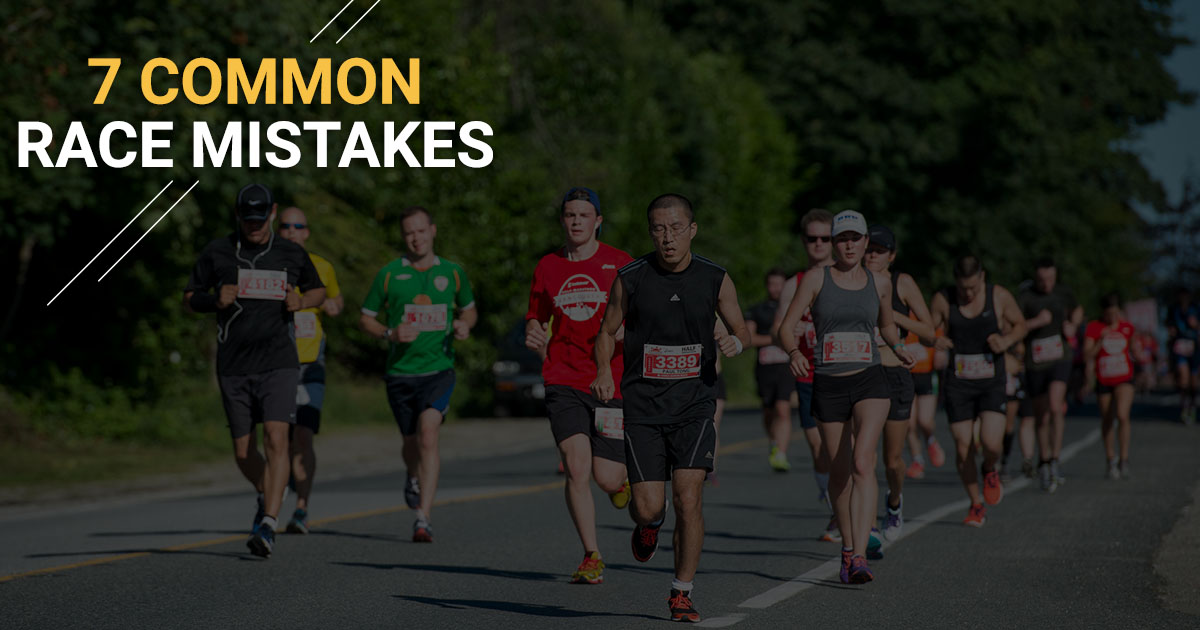


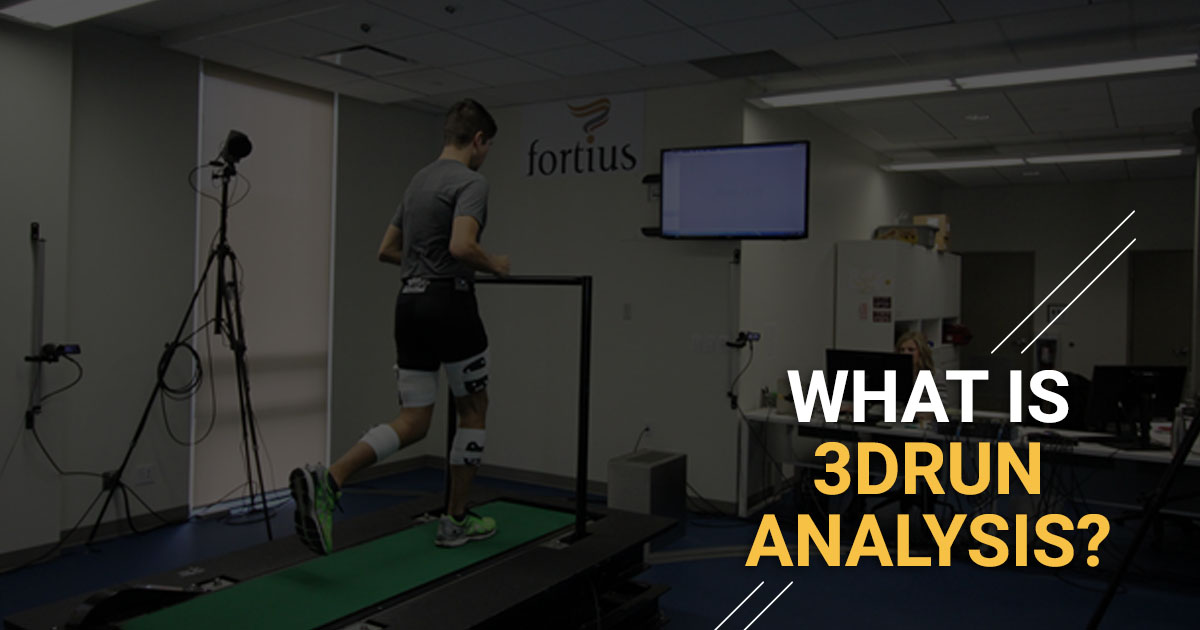
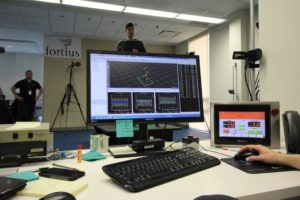
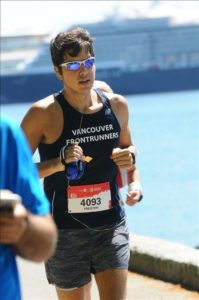
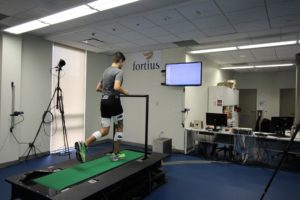
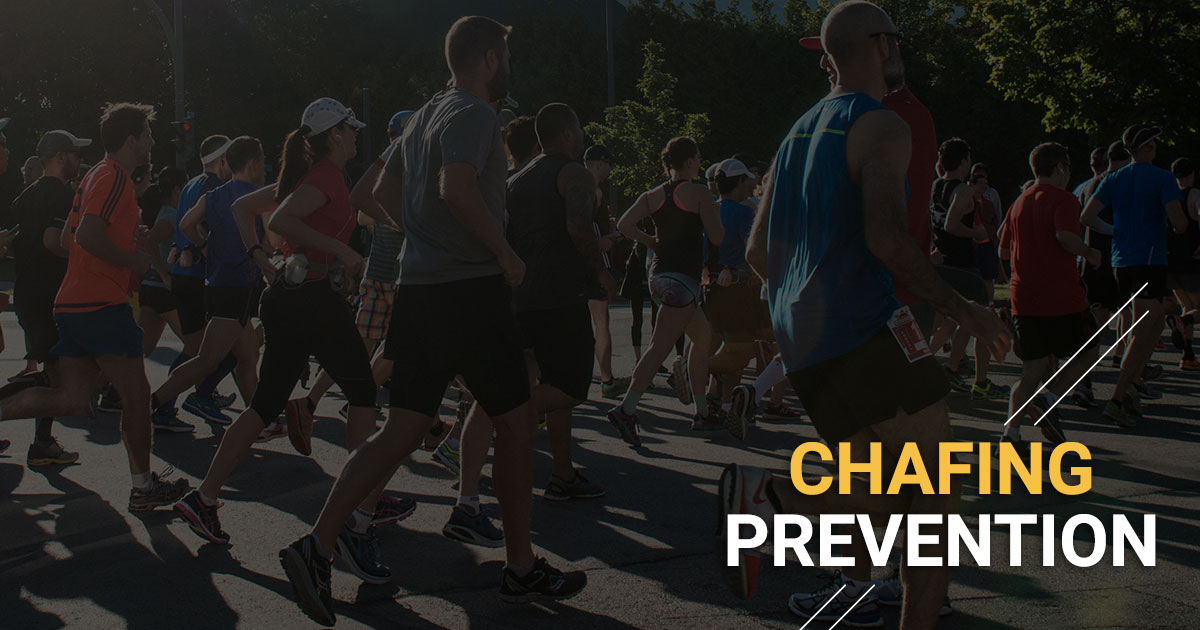
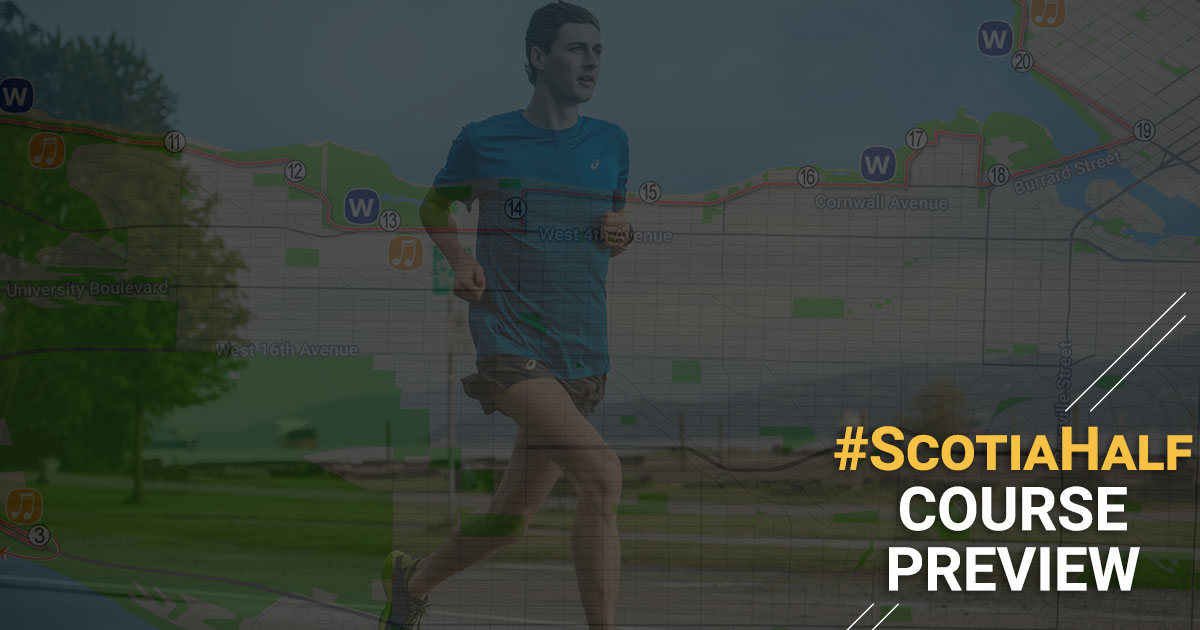
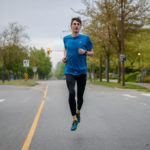
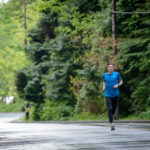
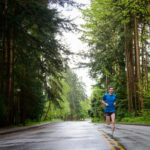
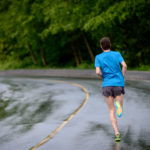
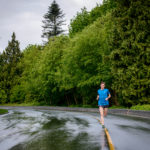
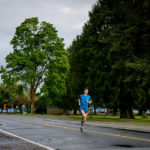
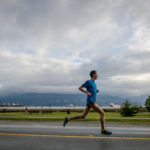
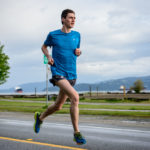
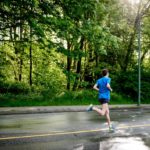
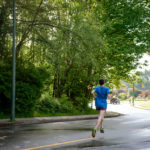
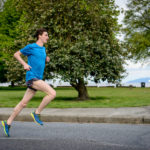
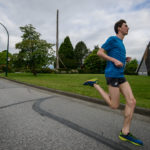
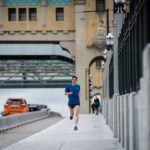
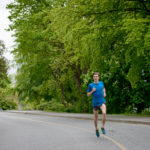
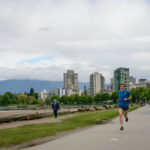
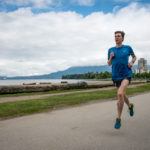
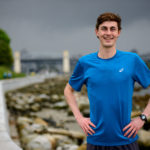
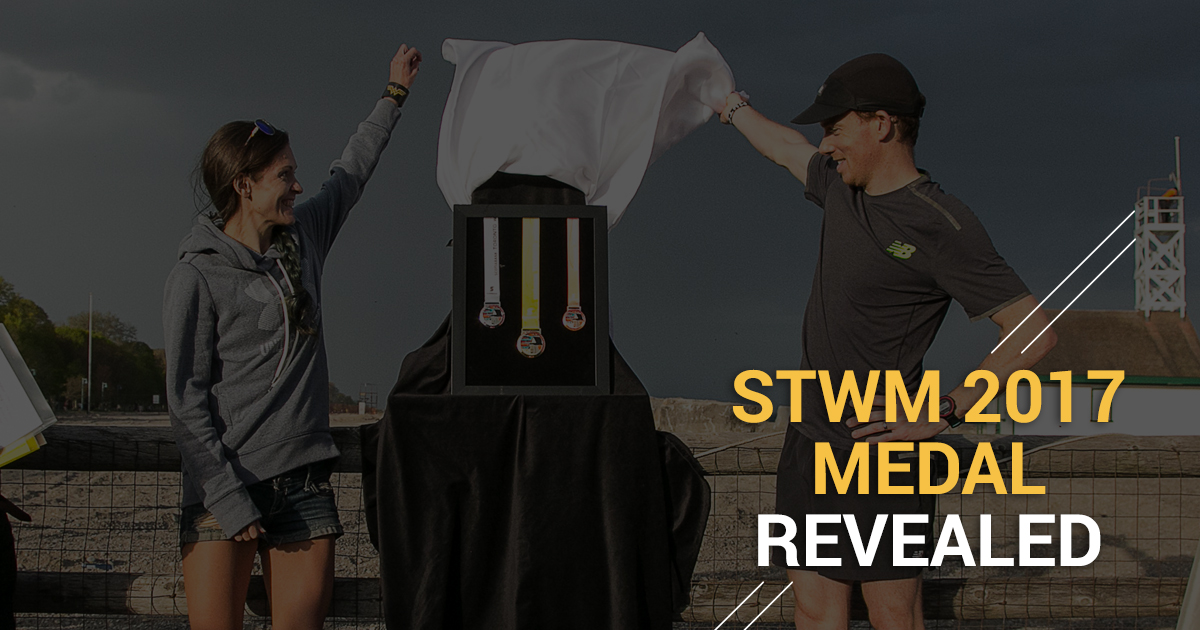
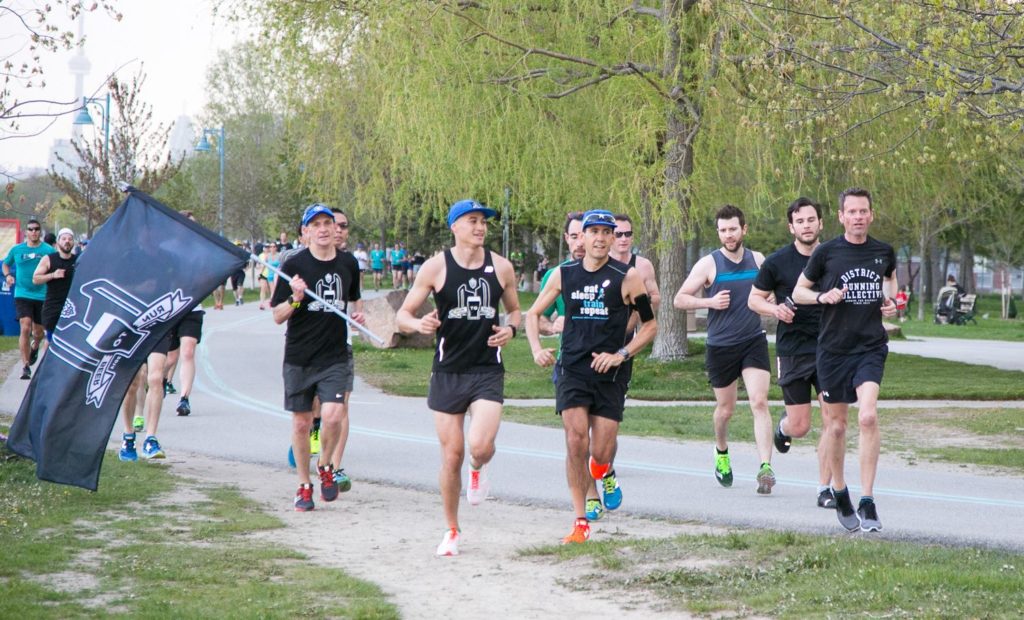
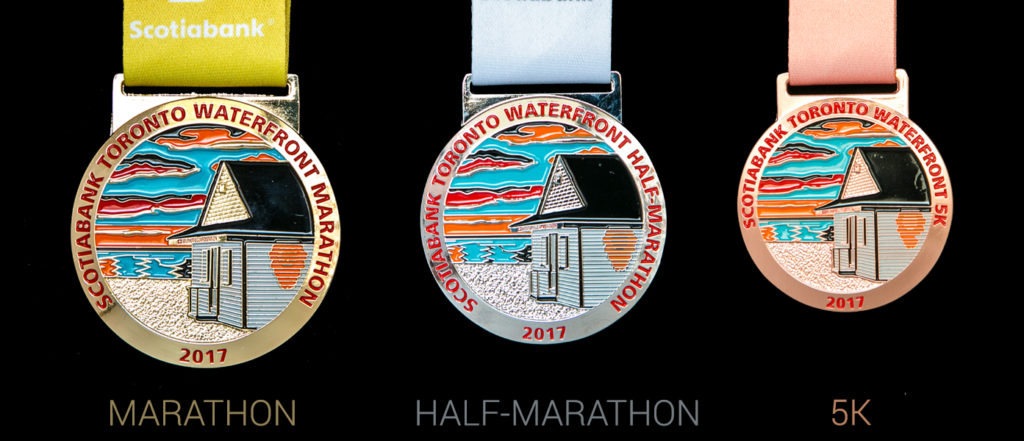 This year’s medals are the 10th anniversary of the “Landmark Collectors’ Series”, all designed by Johnson, that has featured other famed Toronto icons such as Honest Ed’s, The Princes’ Gates at the Canadian Exhibition, and the Gooderham Flatiron Building.
This year’s medals are the 10th anniversary of the “Landmark Collectors’ Series”, all designed by Johnson, that has featured other famed Toronto icons such as Honest Ed’s, The Princes’ Gates at the Canadian Exhibition, and the Gooderham Flatiron Building.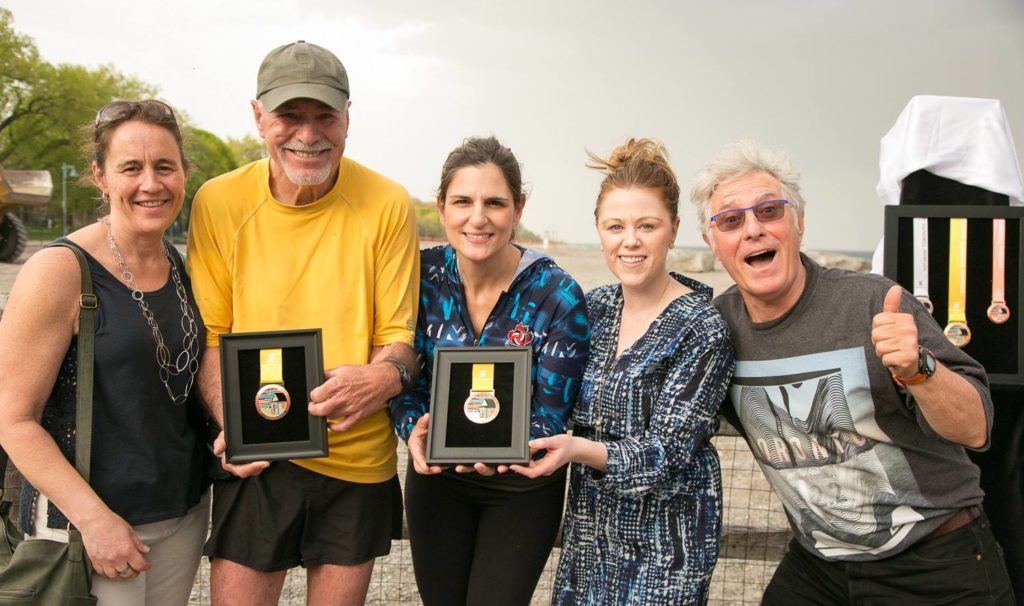 The Olympians were joined in the ceremony by the artists/designer; Dr. Johanna Carlo and Jessica Wright, Director of the
The Olympians were joined in the ceremony by the artists/designer; Dr. Johanna Carlo and Jessica Wright, Director of the 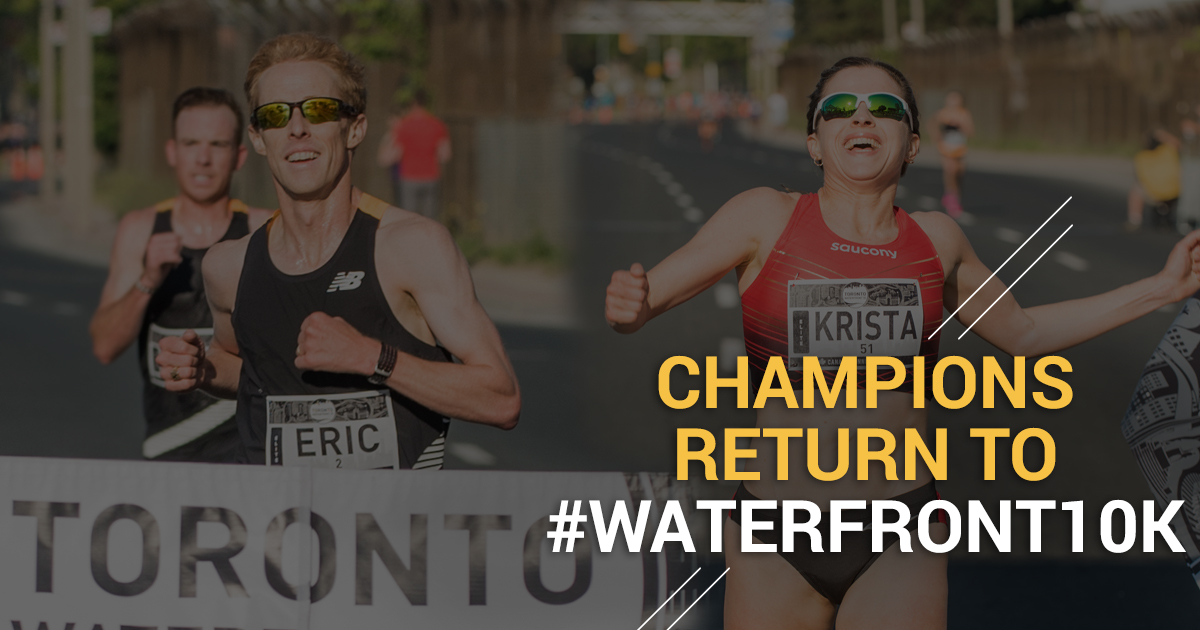
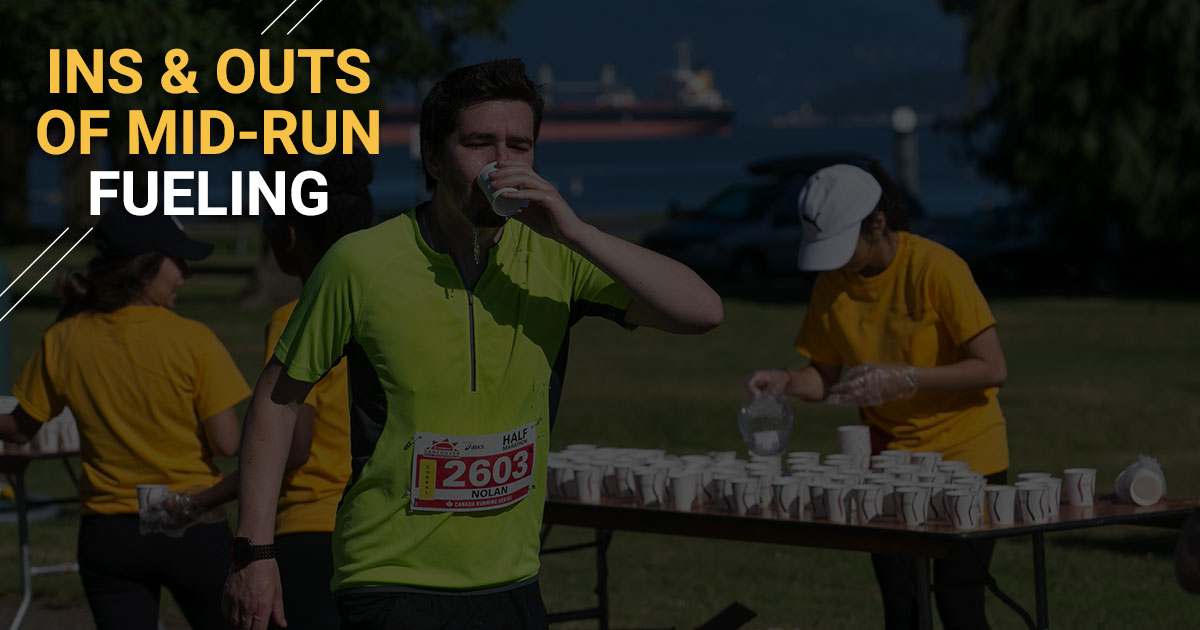



 Both short and long distance runners would benefit from a more cushioned shoe. One of the more popular shoes in this category being the Asics GEL-Nimbus® 19, featuring the new FlyteFoam™ Technology, for optimal comfort and a responsive ride for the neutral runner, while a gradient jacquard-mesh upper is strategically tightened or loosened in zones to allow the foot’s natural motion. For the beginner, the extra cushioning will give optimal support as they build muscle strength. For the runner whose running in the upper end of 20 miles a week, a shoe with plenty of cushioning will act as a barrier between your body and the pavement, with more for your body to break down before it hits the road which gives your muscles a bit of a break.
Both short and long distance runners would benefit from a more cushioned shoe. One of the more popular shoes in this category being the Asics GEL-Nimbus® 19, featuring the new FlyteFoam™ Technology, for optimal comfort and a responsive ride for the neutral runner, while a gradient jacquard-mesh upper is strategically tightened or loosened in zones to allow the foot’s natural motion. For the beginner, the extra cushioning will give optimal support as they build muscle strength. For the runner whose running in the upper end of 20 miles a week, a shoe with plenty of cushioning will act as a barrier between your body and the pavement, with more for your body to break down before it hits the road which gives your muscles a bit of a break. Now, what if you’re not a neutral runner or supinator? If your foot lands on the outside of the heel, and then rolls inward excessively, transferring weight to the inner edge instead of the ball of the foot, then you over pronate. If that is the case, the best shoe for you is one that offers more structure and support, referred to commonly as stability shoes. If you prefer a lightweight running shoe that provides a slightly more responsive sensation while running, try the Asics GT-2000™ 5, the shoe will offer optimal support without compromising any weight.
Now, what if you’re not a neutral runner or supinator? If your foot lands on the outside of the heel, and then rolls inward excessively, transferring weight to the inner edge instead of the ball of the foot, then you over pronate. If that is the case, the best shoe for you is one that offers more structure and support, referred to commonly as stability shoes. If you prefer a lightweight running shoe that provides a slightly more responsive sensation while running, try the Asics GT-2000™ 5, the shoe will offer optimal support without compromising any weight.


